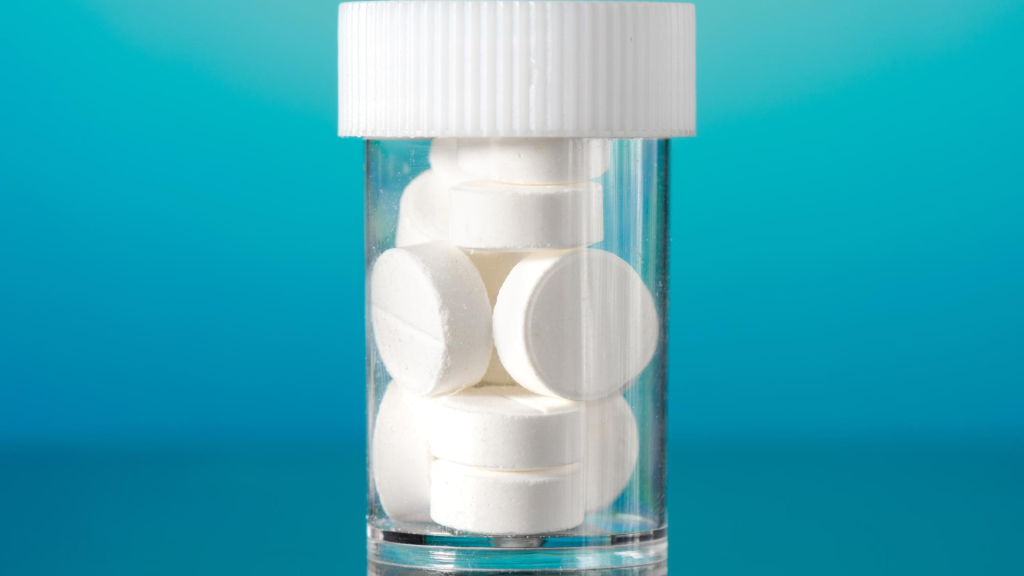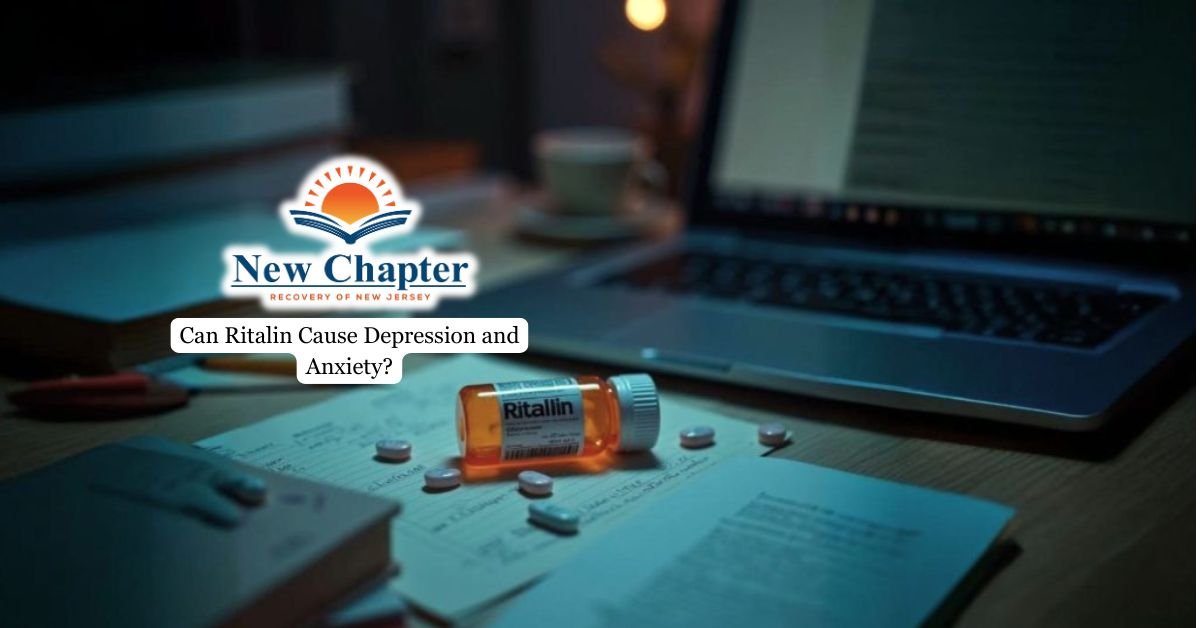When it comes to managing pain associated with injuries, surgeries, or chronic conditions, many patients and healthcare providers consider the effectiveness of different prescription opioids. Hydrocodone and oxycodone are two of the most widely used opioids, often found in medications like hydrocodone-acetaminophen and Percocet. While both are prescribed to relieve moderate to severe pain, the difference between Percocet and hydrocodone lies in their composition and potency.
Understanding how these medications work and their relative strengths is essential for making informed decisions about pain management and minimizing the risks associated with opioid use.

What is Percocet?
Percocet is a prescription opioid pain medication that contains oxycodone and acetaminophen. It’s prescribed for the relief of moderate to severe pain. Oxycodone is a semi-synthetic opioid that works by binding to opioid receptors in the central nervous system, reducing the perception of pain. Acetaminophen is a non-opioid pain reliever that enhances the effects of oxycodone.
Percocet is available in various dosages, with oxycodone content ranging from 2.5 mg to 10 mg per tablet. The recommended dosage depends on the patient’s pain severity and medical history.
What is Hydrocodone?
Hydrocodone, known as Vicodin, is a semi-synthetic opioid medication used to treat moderate to severe pain. It’s derived from the naturally occurring opiates codeine and thebaine. Hydrocodone is often combined with other analgesics like acetaminophen to enhance its pain-relieving effects.
It’s available in both immediate-release and extended-release formulations, with the latter providing longer-lasting pain relief. It’s important to note that hydrocodone has a high potential for abuse and addiction, which is why it’s highly important to opt for a Hydrocodone rehab program in order to end the cycle of substance abuse.
Potency and Mechanism of Action
Oxycodone, the primary opioid in Percocet, is generally more potent than hydrocodone, meaning it can provide stronger pain relief at lower doses. Both oxycodone and hydrocodone work by binding to opioid receptors in the brain and spinal cord, thereby blocking pain signals and altering the perception of pain.
While both medications are effective for acute pain, oxycodone is also frequently prescribed for chronic pain due to its higher potency and availability in extended-release formulations. In contrast, hydrocodone is usually combined with acetaminophen or ibuprofen and is slightly less potent, but still effective for both acute and chronic pain management.
The inclusion of acetaminophen in Percocet not only boosts pain relief but also limits its suitability for long-term use due to the risk of liver toxicity with prolonged or high-dose administration.
Formulation and Duration
The formulation of Percocet is immediate-release, providing pain relief within 10–30 minutes and lasting about 3–6 hours, making it suitable for acute pain but less ideal for long-term pain management. In contrast, hydrocodone is also a prescribed opioid, typically combined with acetaminophen or ibuprofen, and is available in both immediate-release and extended-release formulations.
Immediate-release hydrocodone relieves pain for 4–6 hours, while extended-release versions are specifically designed for long-term pain control, offering sustained analgesia over 12 hours or more.
Thus, while Percocet contains oxycodone and is most effective for short-term pain, hydrocodone’s extended-release options make it more suitable for managing chronic or long-term pain conditions.
Which is Stronger – Percocet vs Hydrocodone?
Percocet is considered more potent than hydrocodone because it contains oxycodone, which can manage pain at lower doses compared to hydrocodone. Studies and clinical guidelines consistently show that oxycodone provides stronger pain relief than hydrocodone, making Percocet a more powerful option for those needing effective pain control.

Side Effects and Risks
Common side effects of Percocet include nausea, vomiting, constipation, drowsiness, dizziness, and low blood pressure, while hydrocodone can cause lightheadedness, sedation, mental clouding, anxiety, and irregular breathing. Both drugs can lead to tolerance and physiological dependence, meaning that over time, higher doses may be needed to achieve the same pain relief, increasing the risk of addiction.
Abruptly stopping either medication after prolonged use can trigger withdrawal symptoms such as anxiety, depression, cravings, muscle aches, nausea, vomiting, diarrhea, and insomnia, which can be severe and long-lasting if not properly managed.
On top of all, misuse — such as taking higher doses, using someone else’s prescription, or combining these opioids with other substances like alcohol—greatly increases the risk of overdose and other life-threatening complications.
Final Thoughts from New Chapter Recovery
It’s crucial to remember that even prescribed opioids can quickly lead to dependence and addiction if not used carefully. At New Chapter Recovery in New Jersey, we recognize the challenges posed by these powerful medications and offer compassionate opioid addiction treatment designed to address not only the physical dependence but also the underlying causes of opioid abuse.






